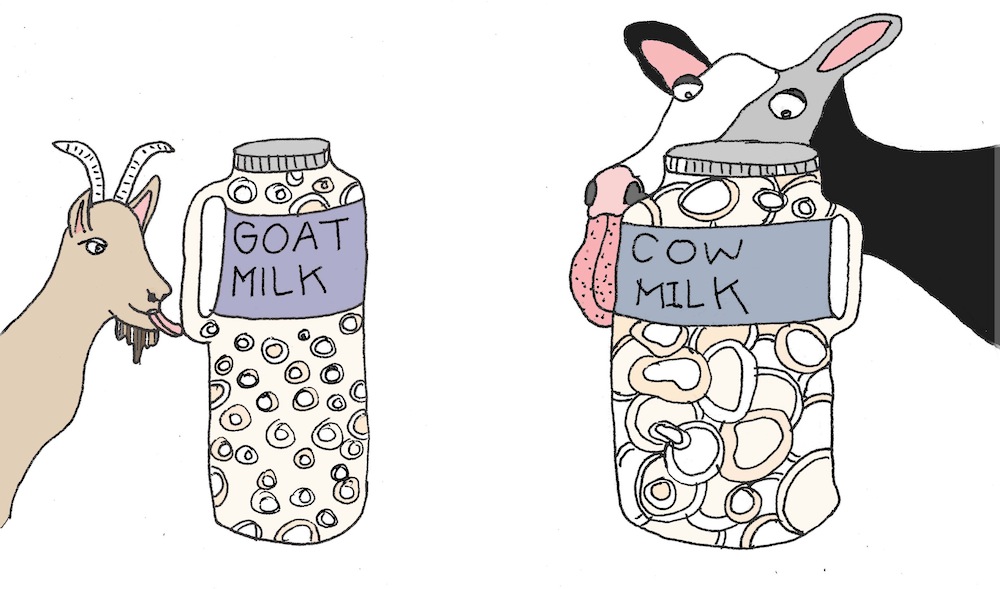What is Jaundice in newborn?
Jaundice in newborn, infant jaundice is a common medical condition among the newborn with the baby’s skin discoloration into yellow. Estimates show that about half the newborn are affected with this condition.
Infant jaundice is due to the baby’s blood bilirubin, a yellow pigment as a byproduct of destruction hemoglobin. Bilirubin comes from the exhausted red blood cells. When there is more of this compound occurring in the blood, the condition is known to be jaundice.
What causes newborn jaundice?
Jaundice is commonplace among newborn babies as they possess excess red blood cells (RBCs). The RBCs get annihilated when the baby is born. This process leads to bilirubin, which the liver works on and when it fails to function normally, it causes jaundice. When the liver is not functioning normally and is left untreated it can culminate in liver failure, a condition that cannot be cured. The high of levels of bilirubin concentration may harm baby’s brain leading to kernicterus (bilirubin-led dysfunction of the brain). Therefore, it’s important to take immediate treatment.
The liver isolates bilirubin from blood and redirects into the intestines. In newborns, the liver may not clean up the bilirubin fast, which leads to accumulation of bilirubin. In other words, the liver in babies goes at a slower pace while working on bilirubin, which may lead to excess bilirubin unprocessed. Jaundice because of this condition is known as physiologic jaundice.
Jaundice can occur due to other causes as well. However, in such cases, it manifests sooner than physiologic jaundice. The other causes include
- bleeding in the interior of the body
- infection in baby’s blood
- deficiency of enzyme
- liver dysfunction
- abnormal breakdown of baby’s blood red blood cells
- mother’s and baby’s blood not being compatible
- infection by viruses or bacteria.
In healthy babies, jaundice is likely to happen at three to five days after birth and then subsides. Babies born prematurely are more prone to jaundice and it takes five to seven days to manifest. The condition lasts close to three weeks.
What are the symptoms of jaundice new born?
Jaundice itself does not exhibit clinical symptoms. However, the factors leading to it bring symptoms:
- The baby looks ill
The baby feels discomfort, will have a high fever at 100.4 F (38C) or even more, feeds poorly and looks too tired. The whites of the eyes look yellow.
- Difficulty in breathing
The baby may have breathing difficulty.
- Pale stools
Stools look pale, and in the case of breastfed babies, it may be greenish-yellow. And babies fed with bottle milk may be greenish mustard.
- Discoloration in urine
Urine is dark – in normal cases it is colorless.
- Yellowish skin
Jaundice in a newborn is because of excess bilirubin, which causes yellow color of the body (skin and eye). To start with, it first happens in the face of the baby, which can be identified by the eyes looking yellow. With a gradual rise of bilirubin level, jaundice affects the baby’s head, arms, body and legs. When bilirubin is too high in concentration, it makes them appear pale below the knees and in the palms and sleepiness may occur.
A simple way to check for jaundice is to just press your finger against baby’s skin, which pushes the blood away. If the baby has normal health, the skin becomes white when you remove the finger. If it’s jaundiced, it becomes yellow.
- High bilirubin count
Newborn babies will have higher than normal – over 5 mg/dl. Such a high level is because of the liver functions slowly.
When to seek medical help in newborn jaundice?
In view of the fatality of jaundice in newborn, it’s important to take medical help immediately.
- Usually treatment is not necessary. However, if the baby looks sick and is not willing to eat and stays sleeping, has fever, it’s time to see the doctor.
- Your baby is clinically checked for symptoms of jaundice within 72 hours of birth as part of newborn’s physical examination.
- If the baby develops signs of jaundice beyond this time limit, see your medical professionals.
- If doctors think treatment is necessary, they may consider checking the bilirubin level, the rate of its rise, whether the baby had premature birth and the baby’s age.
Conclusion
Be aware that prevent jaundice in newborns may not be preventable. However, you can mitigate the risk by breastfeeding the baby at not less than eight to twelve times throughout the day for the first days. Be on the lookout for spotting any risk. The baby should be carefully checked for the first five days, should be advised for the necessary tests, and as for babies discharged within 72 hours, timely scheduling follow-up visits are advised.



